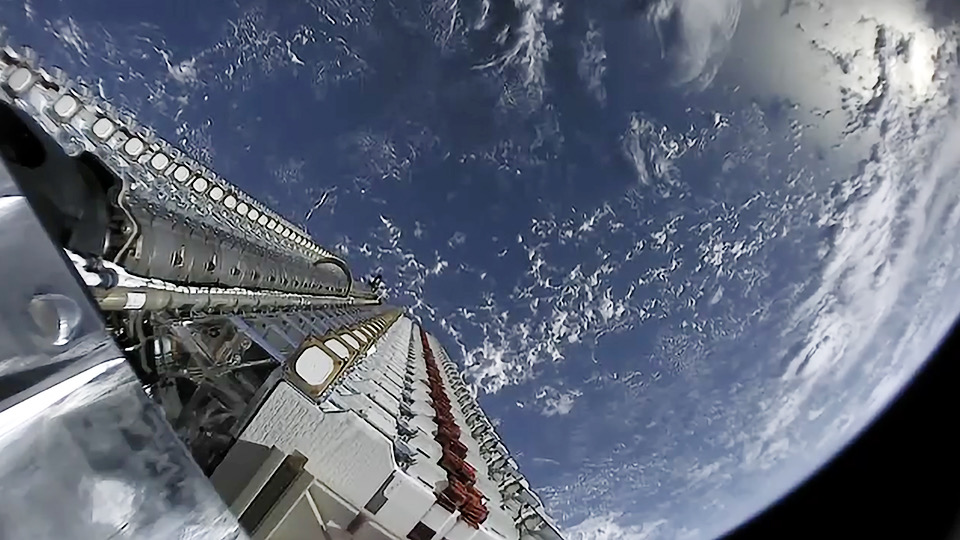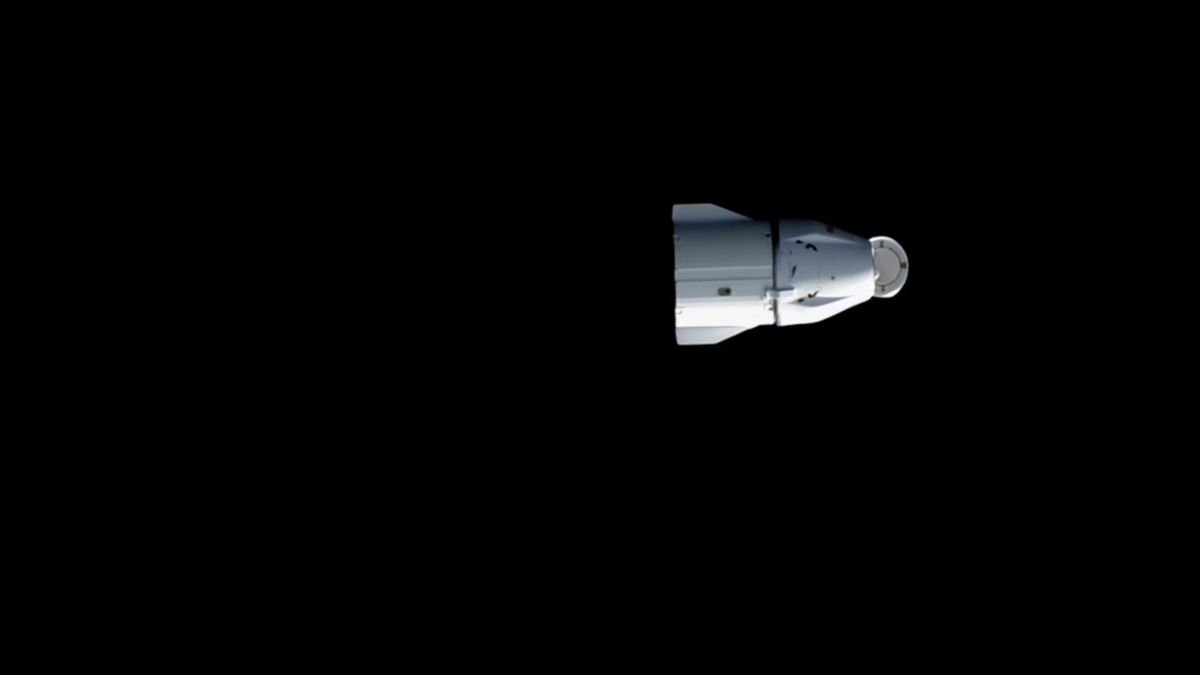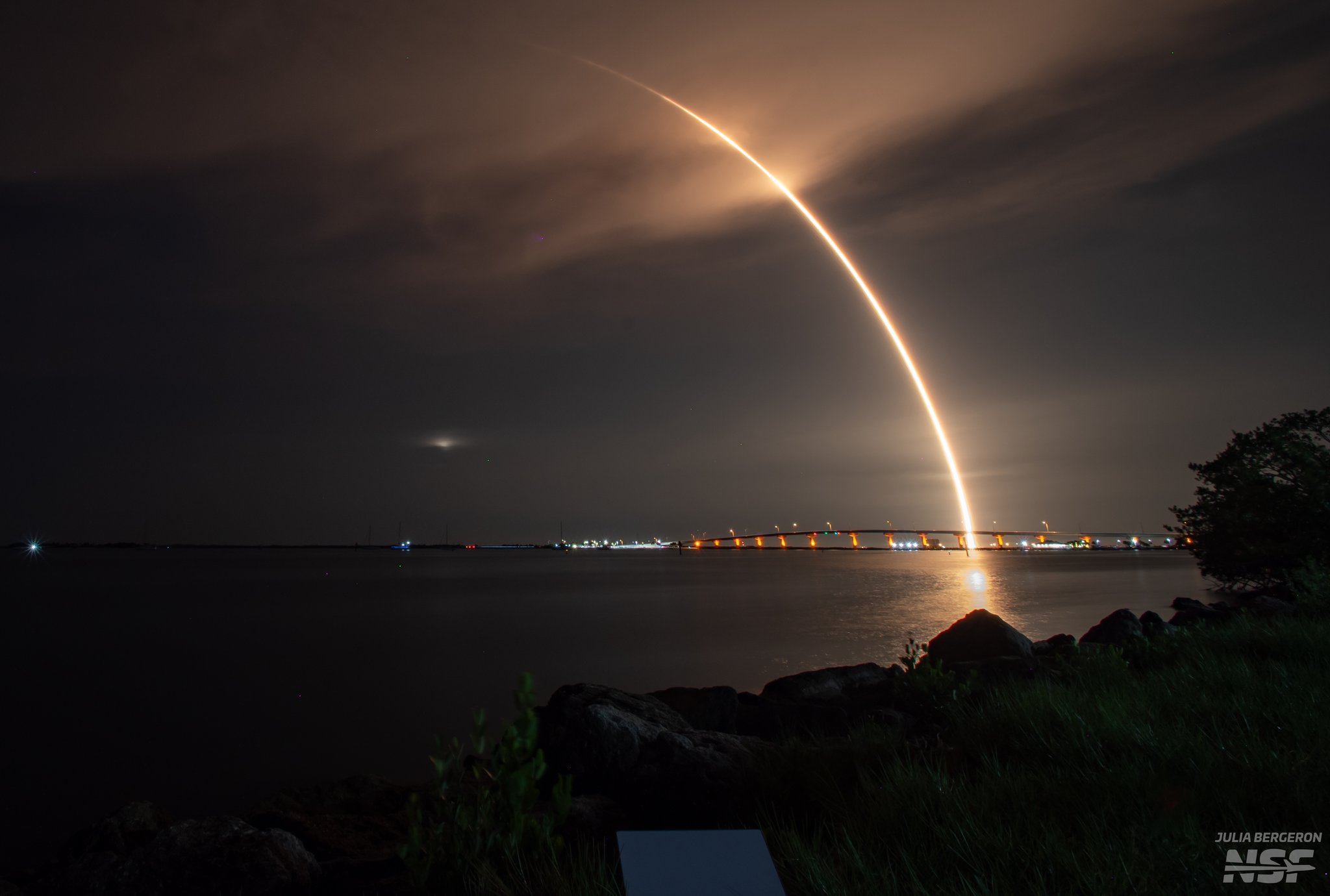Now Reading: Watch SpaceX Starship test fire engines ahead of flight 7 launch (video)
-
01
Watch SpaceX Starship test fire engines ahead of flight 7 launch (video)
Watch SpaceX Starship test fire engines ahead of flight 7 launch (video)
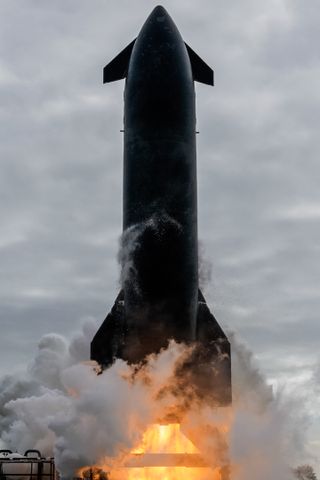
Things are getting hot for SpaceX’s next Starship launch.
SpaceX fired up its next Starship spacecraft during an engine test over the weekend, ahead of the company’s 7th orbital test flight of the gargantuan megarocket. SpaceX ignited Starship’s Raptor engines for approximately 10 seconds on Sunday, Dec. 15, as a part of a series of checkouts to ensure the vehicle is healthy before being transported to the launchpad where it will be integrated with its first stage Super Heavy booster.
Its next launch, Integrated Flight Test-7 (IFT-7), is expected around Jan. 11, based on communications between NASA and the Federal Aviation Administration (FAA), which has yet to issue a launch license for the upcoming test. Once mated, the Super Heavy/Starship stack towers a staggering 400 feet (122 meters) tall, with the Starship upper stage alone standing taller than the Statue of Liberty.
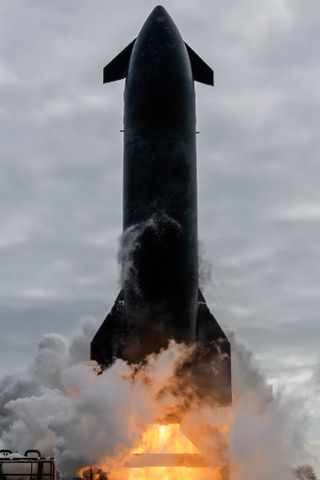
The engine static fire occurred yesterday, with SpaceX posting a photo and video of the test to the company’s social media with the simple caption, “Static fire of Flight 7 Starship.”
You may like
Once past its testing and development stage, Starship will become the first fully reusable rocket in history, with both the Super Heavy booster and Starship upper stage designed for return and fast refurbishment back at SpaceX’s Starbase launch and test facility in Texas. SpaceX’s current workhorse launch vehicle, the Falcon 9, features reusable first stage boosters and fairing halves, but the rocket’s second stage must be expended after each mission.
Recovery at Starbase involves a pair of “chopstick arms” attached to the rocket’s launch tower, which are designed to catch each stage mid-air as they descend. SpaceX’s first attempt at the novel landing technology came during IFT-5, and resulted in a complete success. As planned, Starship’s Super Heavy booster fired its engines back toward Starbase, and came to rest just above the ground after a picture-perfect embrace by the launch tower’s chopstick arms.
Unfortunately, SpaceX’s Super Heavy recovery during IFT-6 was forced into an abort procedure during its journey back to the pad, failing to meet mission criteria for the booster’s safe return. Instead, the IFT-6 Super Heavy was directed for a splashdown in the Gulf of Mexico.
SpaceX has yet to attempt to recover a Starship upper stage back at the launch pad, but the vehicle has progressively checked off milestones on each of its subsequent flights, softly splashing down in the Indian Ocean off the northwestern coast of Australia about 65 minutes after its last liftoff.
RELATED STORIES:
Starship managed a total of four test flights in 2024 — double the number of launches for the vehicle in 2023. For 2025, SpaceX is hoping to ramp that number up all the way to 25.
Starship’s road to operational missions is one being closely followed by NASA, who has contracted the vehicle to land astronauts on the moon during the Artemis 3 mission, which is expected to launch sometime in 2027. Still, with only two years between then and now, Starship has a long way to go toward a crewed lunar landing.
Stay Informed With the Latest & Most Important News
Previous Post
Next Post
-
 012024 in Review: Highlights from NASA in Silicon Valley
012024 in Review: Highlights from NASA in Silicon Valley -
 02Panasonic Leica Summilux DG 15mm f/1.7 ASPH review
02Panasonic Leica Summilux DG 15mm f/1.7 ASPH review -
 03From Polymerization-Enabled Folding and Assembly to Chemical Evolution: Key Processes for Emergence of Functional Polymers in the Origin of Life
03From Polymerization-Enabled Folding and Assembly to Chemical Evolution: Key Processes for Emergence of Functional Polymers in the Origin of Life -
 04How New NASA, India Earth Satellite NISAR Will See Earth
04How New NASA, India Earth Satellite NISAR Will See Earth -
 05And Thus Begins A New Year For Life On Earth
05And Thus Begins A New Year For Life On Earth -
 06Astronomy Activation Ambassadors: A New Era
06Astronomy Activation Ambassadors: A New Era -
07SpaceX launch surge helps set new global launch record in 2024












